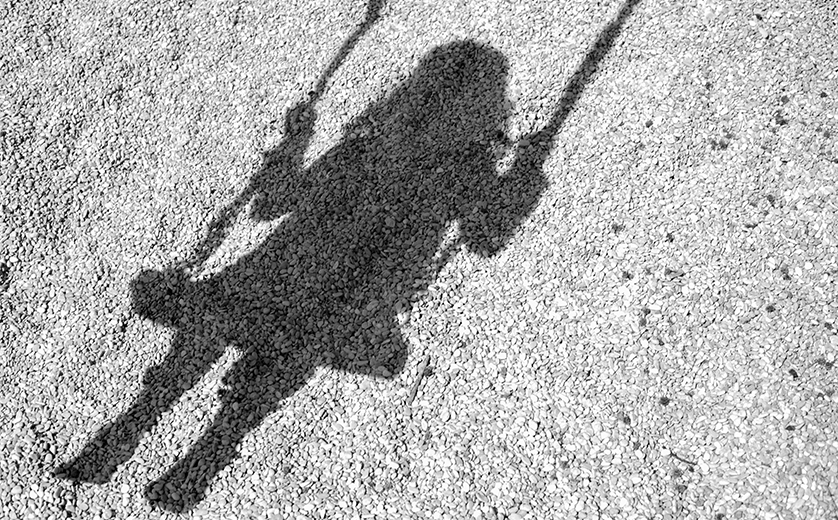Per person, Black children are almost twice as likely to be referred to state or local Child Protective Service agencies as are White children. That discrepancy has been the subject of allegations of racism and even a movement to eliminate Child Protective Services (CPS).
But a new study by the Brown School’s Brett Drake, and other faculty within and beyond Washington University reveals that differences in the underlying risks Black children face are even higher than the differences in the rates at which they are reported, compared to White children. “The data are consistent with the higher rate of protection,” said Drake, Professor of Data Science for the Social Good in Practice. “The findings suggest that child protection is not contacting Black children at high rates just because they’re Black.”
The real culprit, Drake asserted, is economic disparities. “As long as the United States tolerates severe economic differences between Black and White populations, Black children will have greater needs, including for child protection,” he said.
The nationwide study took advantage of the development of “big data” from the National Child Abuse and Neglect Data System and the U.S. Census to look at disparities across a wide array of outcomes.
“Our findings have implications for the current policy debate about whether CPS and the foster care system should be abolished in the United States,” he and co-authors wrote in the study, published in Child Maltreatment. “In the current analysis, we found that the racial disparities in CPS contact do not exceed, and are generally smaller than, racial disparities in external measures of social risk and harm. This suggests the need for broader efforts that respond to well-established factors, such as residential segregation and intergenerational poverty, that continue to adversely affect the safety, health, and opportunities of Black children and families.”
Drake noted that his research provided evidence of the “Hispanic paradox”: that even though they have much more risk than White children, Hispanic children have similar health outcomes to White children. Drake’s study showed a similar paradox for Hispanic child-protective outcomes compared to White children. Just why isn’t known for sure.
In the paper, Drake wrote that a narrow focus on CPS as racially unfair without addressing the underlying causes of disparate outcomes for Black children could make things worse for them.
“It is possible that a narrow focus on reducing Black children’s CPS involvement without addressing the pronounced inequities documented by the external indicators will result in disproportionate and systematic unresponsiveness to abuse and neglect experienced by Black children,” the study concluded. Drake acknowledged a need for CPS to improve the quality of services and address legitimate criticisms about the sensitivity and respectfulness with which CPS engages families of varying racial, ethnic, and cultural backgrounds.
The paper suggests three courses of action:
- Acknowledge the current realities of racial inequity and focus attention on large drivers of inequity by redoubling efforts to reduce disparities in income, access to services, and other issues bearing on children and families.
- Address racial or ethnic inequities that may exist in specific localities with concrete, tailored responses.
- Consider restructuring child and family policy generally to include a focus on providing preventive services, including material assistance, to families.
Want to know more about racial/ethnic disproportionality in child protective services? Watch Professor Drake’s presentation (below) from May, 4, 2023.
